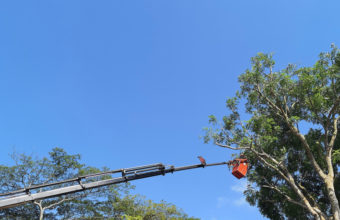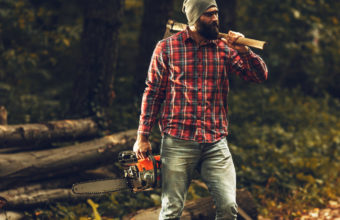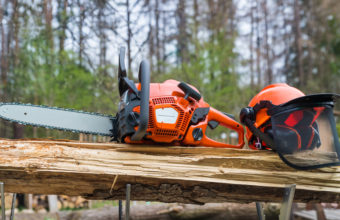The mortality rate for arborists, like for workers in many other professions, can vary depending on several factors including workplace safety practices, training, experience, and the specific tasks being performed. While arboriculture involves inherent risks due to working at heights, working with heavy machinery such as chainsaws, and exposure to falling limbs and other hazards, the industry places a strong emphasis on safety to mitigate these risks.
Accurate statistics specifically detailing the mortality rate for arborists may be challenging to obtain as it depends on various factors and may differ across regions and over time. Not all incidents resulting in fatalities may be reported or categorized as arboriculture-related accidents.
Arborists are trained in safety protocols and often adhere to stringent guidelines set forth by organizations such as the Occupational Safety and Health Administration (OSHA) in the United States or similar regulatory bodies in other countries. These guidelines aim to minimize the risks associated with tree care work and ensure the safety of workers.
Arborists typically undergo extensive training, including safety training, and are required to use personal protective equipment (PPE) such as helmets, eye protection, gloves, and harnesses when working at heights or with dangerous equipment.
While accidents can and do occur in the arboriculture industry, ongoing efforts to improve safety standards, training, equipment, and risk management practices help reduce the likelihood of fatalities and injuries among arborists. Promoting a culture of safety awareness and providing ongoing education and support for workers are components of maintaining a safe work environment in the field of arboriculture.






